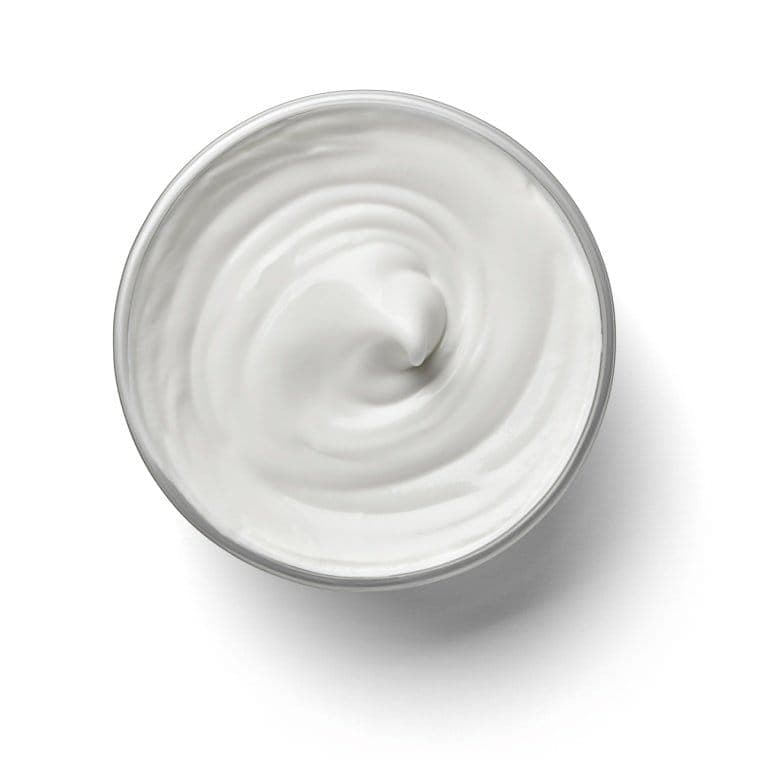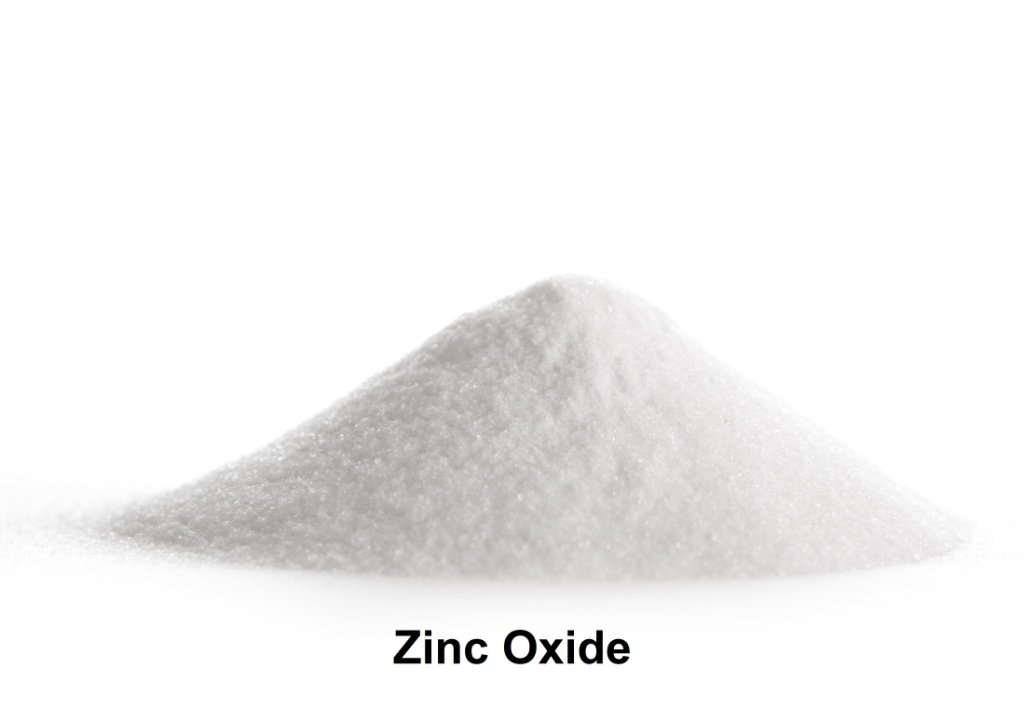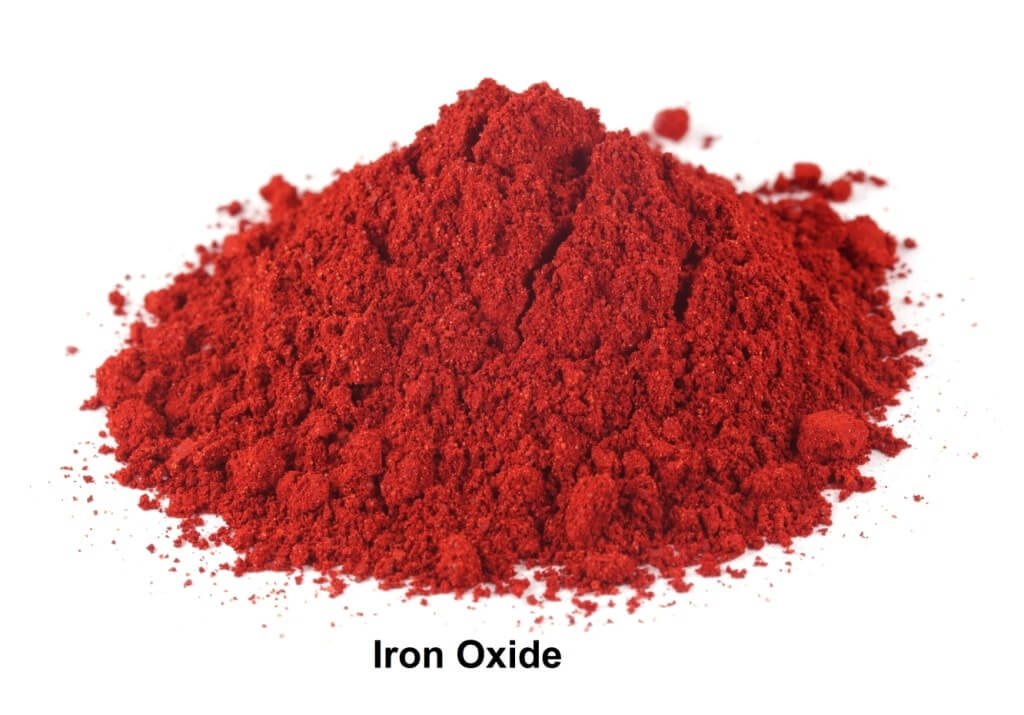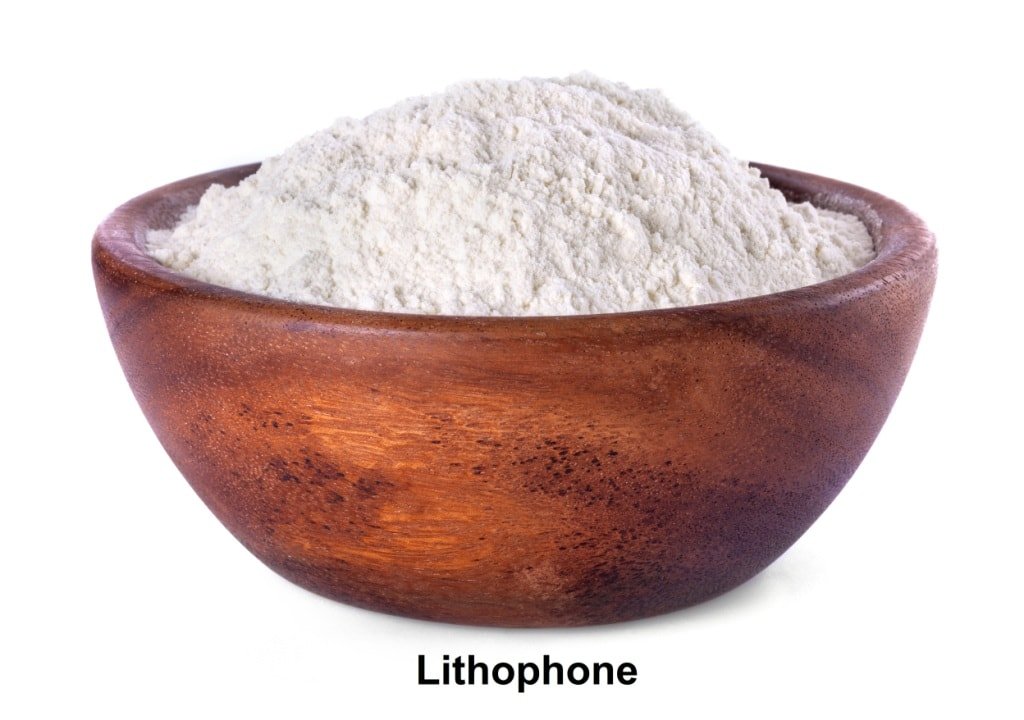
Function
Base is one of the major components of paint. Base is a solid substance in a fine state that forms the body of paint. It forms the bulk of paint. It conveys the character of the paint. Base makes the film of the paint, opaque, harder, and elastic & prevents formation of shrinkage cracks.
Types of Base
Base usually consists of white lead, red lead, zinc oxide (zinc white), iron oxide, titanium white, aluminium powder, lithophone.
White Lead
It is largely used for all ordinary building painting works and available in the market perhaps very cheap. It is available in market in both in powder & stiff-paste form. Stiff-paste is made by mixing it with linseed oil. It can be easily applied, possesses good bulk, and has a greater covering power. It is dense, waterproof, permanent and has good body to obscure the surface.
It is not suitable for metal work, however, most suitable on wood surfaces. White lead possesses the poisonous substances. It gets discoloured on exposure to the air; therefore, it should always be kept covered. Consequently, white lead often gets used an as an undercoat.
Red Lead

Read lead is an oxide of lead usually bright red in colour. It is available in market in either powder or paste form made by grinding with linseed oil. It is considered as most suitable for painting iron surfaces and also as a priming coat on wooden surfaces. It solidifies very quickly when mixed with linseed oil; therefore it can also be used as a drier.
Lead paint is paint that contains lead. Lead is used for quick drying, increasing durability, a maintaining a fresh appearance and resisting moisture that causes corrosion.Lead paint is poisonous and should not be used fresh. Precautions should be taken while scrapping old dry painted surfaces or while painting with spray machines.
Zinc Oxide or Zinc White

It is an oxide of zinc and forms the base for almost all the zinc paints. It is a fine white zinc powder which is available in both in dry as well as paste form by mixing with linseed oil. It is smooth, transparent, unaffected by weathering, not affected by sulphur compounds, and not poisonous. However, it is costly, less workable and less durable than paints containing white led. When it gets hard, it forms the paint film very brittle and develops tendency of surface cracks.
Titanium White
This material possesses intense opacity. It is non-poisonous &provides a thin transparent film. This pigment is chemically inert and it is not affected by heat, light and acids and it also has very high covering power. Due to its high refractive index titanium white possesses excellent hiding power and hence it is generally used an undercoat in all sorts of exterior and interior organic coating.
Iron Oxide

It is an oxide of iron and forms the base of all iron paints. It is a pigment produced from haematite ore. The pigment is obtained by grinding & levitating the red or brown haematite. It is effective in preventing rusting of iron surface when mixed with vehicle oil. It is cheap & durable paint, which is exclusively used for the priming coat on iron surface i.e. structural steel or iron.
Aluminium Powder
Aluminium powder forms the bulk of aluminium paints. It keeps moisture content of wood surface practically the same & also prevents cracking and warping of wood. It is generally used as priming coat to new wood work.
Lithophone

This pigment is obtained from the precipitate formed by mixing equal quantities of the solutions of barium sulphate and zinc sulphate under carefully controlled conditions. It is a dense white pigment, having a good covering power, and it tends to turn yellow when exposed to sunlight. The paint made with lithopone as its base is generally used as under coat. It is also used in cheap enamels. It should not be allowed to come in contact with water.
Also Read:
Colouring Pigment in the Paint
Different Types of Linseed Oils are Used in Paint































